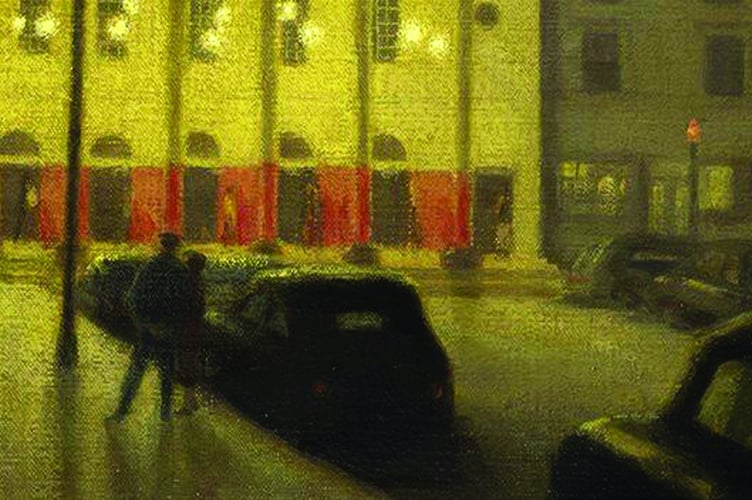THE Lightbox gallery in Woking is celebrating the work of renowned artist Bridget Riley, who is noted for her paintings of geometric forms that produce sensations of movement or colour.
Its exhibition, Bridget Riley: Pleasures of Sight, reveals how she explored fresh and new ways of seeing things.
Bridget Riley was born in 1931. She graduated with a BA from the Royal College of Art in 1955 and her early work was figurative and semi-impressionist.
Then, in the 1960s, she developed her signature Op Art – short for “optical art” – style consisting of black and white geometric patterns. These produce a disorienting effect on the eye and produce movement and colour.
Op art exploits optical illusions to make the two-dimensional surface of the painting seem to move, vibrate, and sparkle.
Riley then started experimenting with colour, putting warm and cold colours together to make the paintings vibrant. She travelled to many different countries, including Egypt and India, looking closely at the way artists in those countries used colour
The Lightbox exhibition allows us to delve into the historical roots of Bridget’s art and her working methods, through a selection of striped, curved, colour and black-and-white works. Examples are drawn from each decade, from the 1960s to the present day.

Bridget Riley: Pleasures of Sight is open at The Lightbox until Sunday 10 April. Entrance is with a £7.50 day pass, with Lightbox members and under-21s admitted free.
The day pass also includes admission to the Hubert Arthur Finney: Out of the Shadows exhibition.
The first of its kind in more than 50 years, this exhibition presents previously unrecorded works from Finney’s studio alongside the first publication of information about the artist (1905-1991), based on his recently discovered autobiography.
Among Finney's most original and modern compositions are his interior and exterior views illuminated by artificial light – city streets and domestic interiors. They form a counterpoint to his more traditional gentle Berkshire and Surrey landscapes, painted preferably at dawn and dusk.
Initially studying painting under Amy Browning and Percy Jowett, and etching under Eric Gill, Finney went on to the Royal College of Art, where he became a protégé of William Rothenstein.
After this, he became a teacher himself working at Chelsea School of Art alongside Henry Moore and Graham Sutherland.
Hubert Arthur Finney: Out of the Shadows is on until Sunday 27 March.
For more details, visit www.thelightbox.org.uk.




